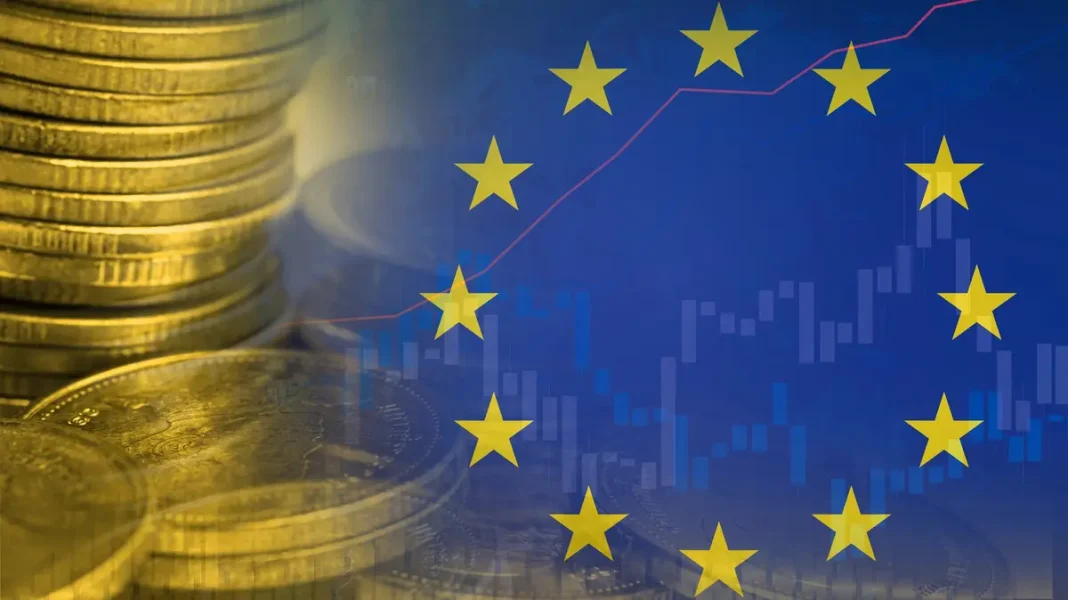The European Commission has upgraded its economic growth forecast for the European Union, reflecting a steady recovery from recent economic challenges. This revised outlook is a positive sign for member countries navigating post-pandemic landscapes.
Forecast Highlights and Growth Expectations

The improved economic growth forecast suggests that the European Union is on a stable recovery path, with projections indicating a higher GDP growth rate than previously anticipated. This change is attributed to increased consumer confidence, robust trade flows, and governmental stimulus packages that have effectively supported economic stability.
The European Commission has carefully analyzed data from various sectors, noting remarkable growth in digital technologies and renewable energy industries. These sectors show a significant potential to drive future economic expansion across the EU, providing jobs and new opportunities for innovation.
Moreover, the easing of supply chain disruptions and improved investment conditions have contributed remarkably to this optimistic outlook, highlighting the EU’s resilience in adapting to global economic shifts.
Impact on EU Member States

With the EU’s revised growth projections, individual member states are expected to experience varied levels of economic recovery. While some countries will see robust growth backed by strong industrial sectors, others might witness moderate improvements due to lingering economic challenges such as inflation and labor market fluctuations.
In the context of the Czech Republic, the upgraded forecast is particularly encouraging, given its diverse industrial base and increasing focus on technology-driven sectors. The country is poised to benefit significantly from EU-wide initiatives aimed at enhancing digital infrastructure and green energy projects.
This forecast also enables policymakers at the national level to strategize more effectively, committing resources to areas that promise the highest return on investment for sustained economic growth.
Factors Contributing to Growth

Several factors have contributed to the enhanced economic outlook. Chief among them is the widespread vaccination campaign that has facilitated the reopening of economies and boosted consumer spending. This has created a ripple effect, stimulating demand across various sectors.
Another contributing factor is the European Green Deal, which has injected momentum into sustainable and environment-friendly projects. As countries work towards meeting these green objectives, significant investments in infrastructure and renewable energy have buoyed economic activity.
Additionally, the digital transformation agenda has accelerated across the continent, spurred by both private investments and public policies aimed at enhancing digital literacy and infrastructure, further supporting economic resilience and growth.
Challenges and Considerations

Despite the positive projections, certain challenges need attention. Rising inflation rates pose a significant threat to consumer purchasing power and overall economic stability. Member states must carefully manage monetary policies to balance growth with inflation control.
Another critical challenge is ensuring equal economic benefits across all regions and demographics within the EU. Addressing disparities will be essential to maintain cohesion and support inclusive growth.
Furthermore, external factors, such as geopolitical tensions and fluctuating global trade patterns, could potentially impact the EU’s growth trajectory. Keeping a watchful eye on these developments will be crucial in adjusting policies and strategies accordingly.
In conclusion, the European Commission’s improved economic growth forecast for the EU suggests a promising recovery and sets the stage for future prosperity. While challenges remain, strategic initiatives and cross-border cooperation could pave the way for sustained growth and development across the union.
Source: Official European Commission website.





